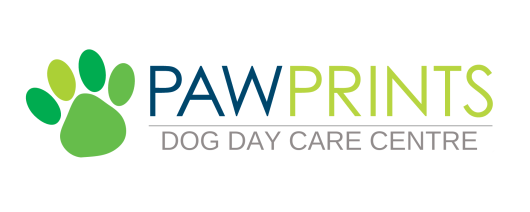|
Hello everyone. I hope you are all well and keeping safe. This month’s blog is all about separation anxiety and how to combat it.
Separation anxiety is a common stress and anxiety issue and can cause even the most laid back dog to become fretful and at times destructive. A dog with separation anxiety will become distressed the moment their owner leaves them alone. Most often it’s the lack of a human presence that's the trigger, even the company of other dogs does not always relieve separation anxiety. Indicators of this anxiety can include destructive behaviour, unwanted toileting or howling/barking. Other signals can be very subtle such as whining, pacing, trembling and excessive salivation (drooling). Some dogs don't outwardly show any signs of distress at all, although blood tests do reveal elevated cortisol (stress) hormones. Research has shown that 8 out of 10 dogs find it hard to cope when left alone and 50% don't show any obvious signs of stress. So it’s best to assume that most dogs are not happy when left alone. But the good news is that separation anxiety is preventable. We can teach a pup about alone time and encourage them to understand that being alone is nothing to be worried about, and we do this by gesture leaving. Teaching this to your pup is probably the most important aspect of training that you can do. Separation anxiety is so very distressing for everyone and certainly at Pawprints we have seen over the years lots of dogs with separation anxiety and after having everyone at home for six months, with endless attention and interaction many more dogs are showing signs of separation anxiety since lockdown. So how do we do this? Let me break it down into 5 easy steps. Step 1 When your dog is in a relaxed state of mind and is in a comfortable place, encourage your dog to stay where it is and simply step away. This could be just a few steps away, or walking out of a room, depending on how comfortable your dog is. Return to your dog immediately, reward and praise. Step 2 Repeat. Ask your dog to stay, while you move away. Return and reward. ALWAYS return to your dog before he displays any reactions. Step 3 Continue this routine, moving progressively further away and for longer periods of time. The distance and length of time that you increase on each occasion will depend on your dog. Again, always return before your dog displays any reactions. If you miss judge the time or distance and your dog reacts simply go back to the previous stage. Step 4 Progress the routine, by varying the location, duration and situation. You may find that by simply changing the location you may need to shorten the duration by a few steps. Step 5 Repeat as often as possible. You will find that the more you do, the less anxious your dog will be and by this stage you should be able to leave them for longer periods. If at any stage your dog shows signs of distress just go back a stage and repeat. And the really good news is that with many people still staying home either for work, or self isolating then being at home means you can work on this. You could fit several short training sessions in throughout the day. Each time you get up from your desk for a comfort break, or to get a cup of coffee you could gesture leave your pup. Build it into your daily routine, include the children. Frequency is key. The more you can do of this, the more your dog will understand that being alone is nothing to fear and you'd be surprised at just how quickly you will progress. At Pawprints we routinely gesture leave to help build on the work you do at home. All the dogs have a lunch time rest and a rest at the end of the day, but some dogs need rest periods in addition to this, but if they are too anxious then they will struggle to relax and rest. So we regularly build into their days short periods of gesture leaving training to help them. Unfortunately however our progress depends on both how frequently we see the dog and what their routine is like at home, but our approach is to support owners and help dogs to be happy and playful yet also calm and relaxed. I hope that you find this helpful. We’d love to hear your thoughts so please leave your comments below.
1 Comment
|
AuthorLorraine Archives
July 2023
Categories |
Proudly powered by Weebly
